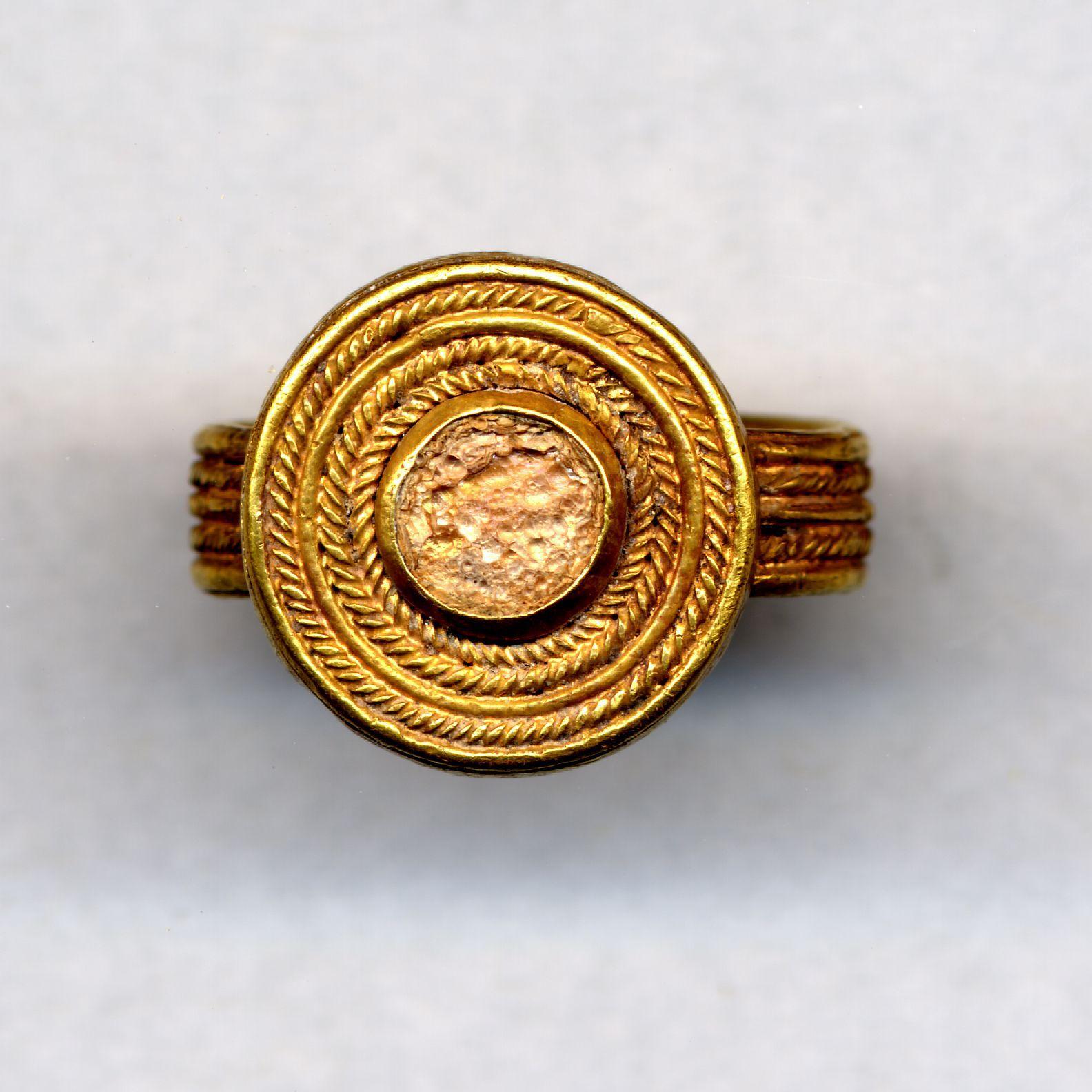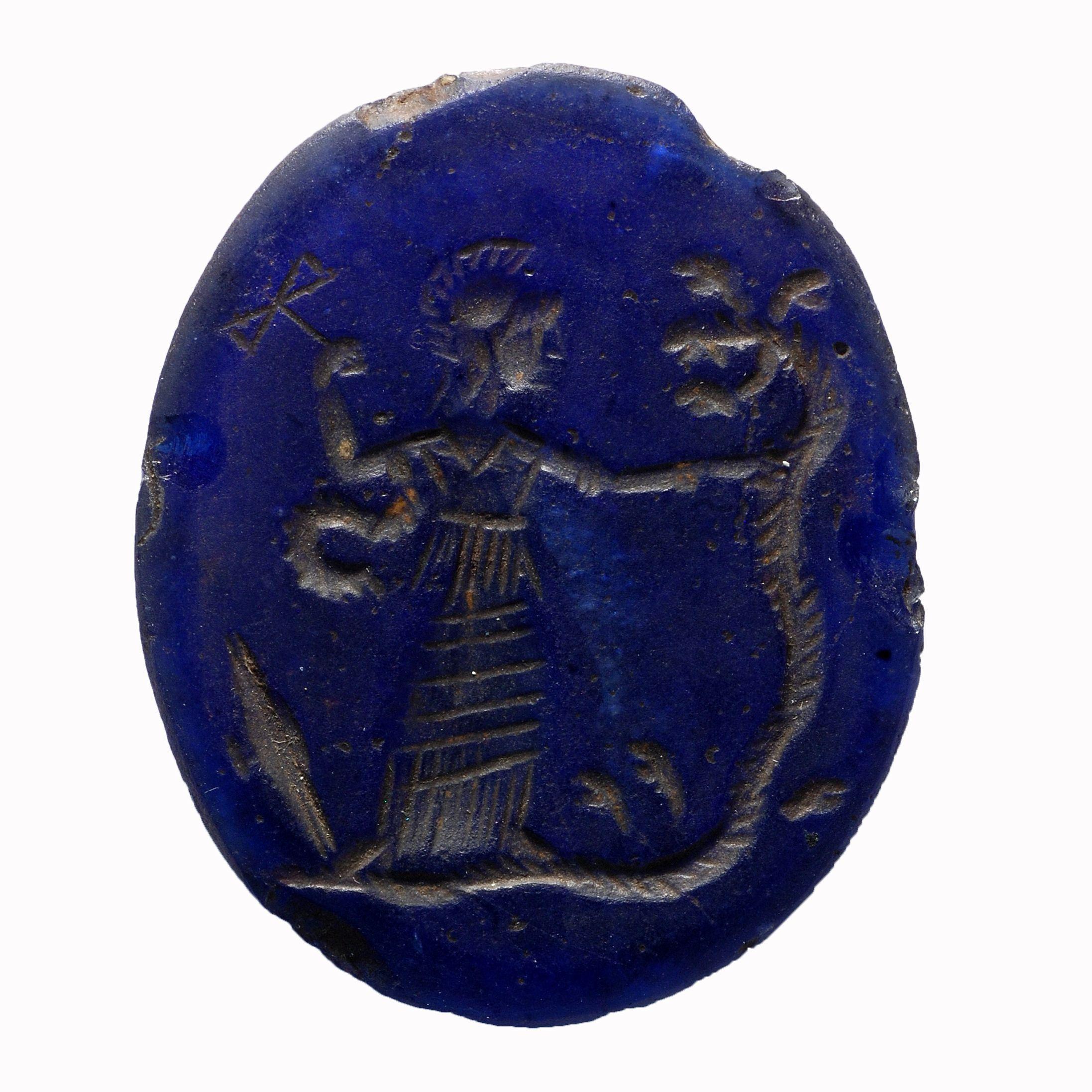(MENAFN- USA Art News) The British Museum is finally going public on its strategy to recover the 2,000 antiquities that have been stolen from its collection in the past few years, with a webpage dedicated to the recovery operation launching today (available from 1pm). This comes as the museum reveals in a statement that 60 items have now been retrieved and a further 300 have been identified and are“due to be returned imminently”.
George Osborne, the museum's chairman, disclosed on 26 August that“around 2,000” objects had been taken from the storerooms, as a result of a theft by a museum curator. These include Gold jewellery and gems of semi-precious stones and glass dating from the 15th century BC and later. All are believed to have come from the Greek and Roman department.
No details are given about the 60 items that have been recovered so far and the further 300 that are expected, but it is possible that some of these may be returned via the perpetrator of the suspected theft or by outsiders who blew the whistle on it. This leaves around 1,600 objects to be recovered.
The new British Museum webpage does not record details of lost items but merely“the types of objects that are missing”, including photographs, so that the public“will be better able to identify whether they might have come in contact of any stolen items”.
On the face of it, it seems surprising that details and photographs of the individual stolen objects are not being publicised, since this is normally done after art thefts, in order to maximise the chances of a recovery. When we asked about this, a museum spokesperson referred us to the London-based Art Loss Register, which is assisting the operation.
A spokesperson for the Art Loss Register, which runs the world's largest database of stolen art, explained that publication might“enable those who are holding such pieces and are acting in bad faith to avoid detection”. This can happen in two ways:“either by selling through channels where fewer questions are asked” or“by destroying the piece”. In the case of the British Museum's jewellery, identification of specific items might increase the chances that holders would“melt down the gold mount” to realise the scrap value without detection.
The Art Loss Register is itself recording known items which have gone missing from the British Museum, but this information is only accessible to the antiquities and jewellery trade-not members of the public.
The museum has not publicly disclosed how many of the remaining 1,600 missing items have been identified. Records of some of the objects which have been lost are believed to be incomplete-not photographed or fully described. Indeed this may explain why these particular items were targeted by the thief. The lack of detailed records may also partially account for the museum's reluctance to publish details of any individual losses.
In a further effort to aid recovery, the British Museum has established a panel of leading specialists to aid the identification and recovery of the lost antiquities. Members include James Ratcliffe, a director of the Art Loss Register, and Lynda Albertson, head of the Rome-based Association for Research into Crimes against Art.
The other 12 members are mainly specialists in ancient gems and jewellery. Interestingly, of the 14 members, only two are UK-based, one is in the US and the rest are located in Europe. Meetings will be held in London, but some members are expected to participate remotely.
The museum is working with London's Metropolitan Police on the recovery operation. It is also actively monitoring the art market, including online. The operation is being run from the museum's department of Greece and Rome, which can be contacted at
Today the British Museum is revealing a little more about the type of objects that were stolen. These are in two categories: gold rings, ear-rings and other pieces of jewellery; and classical Greek and Roman gems.
What types of objects have been lost?

Late Bronze Age finger-ring, from Enkomi (Cyprus), 1450-1200BC
© Trustees of the British Museum
The gold rings, earrings and other pieces of jewellery are described by the museum as follows:“These date from across antiquity, especially the Late Bronze Age (about 15th to 11th century BC) and the Hellenistic and Roman periods”.

Blue glass intaglio, engraved with a helmeted goddess brandishing a double-axe and trampling a multi-headed snake, said to be from Ankhmim (Egypt), 2nd-3rd century AD
© Trustees of the British Museum
The classical Greek and Roman gems are described in the following terms:“Gems, cameos or intaglios are small objects, often set in rings or other settings, or left unmounted or unfinished. They may be made of semi-precious stone (for example sardonyx, amethyst) or glass; they may be cast from a mould or engraved by hand. The majority of the gems are from the Hellenistic and Roman world, but some may also have been made in modern times in imitation of ancient gems. They may feature images of famous individuals from the classical past, of mythological scenes, animals or objects. These gems are of varied quality. Some will be fragmentary and damaged.”
MENAFN26092023005694012507ID1107145906
Legal Disclaimer:
MENAFN provides the information “as is” without warranty of any kind. We do not accept any responsibility or liability for the accuracy, content, images, videos, licenses, completeness, legality, or reliability of the information contained in this article. If you have any complaints or copyright issues related to this article, kindly contact the provider above.